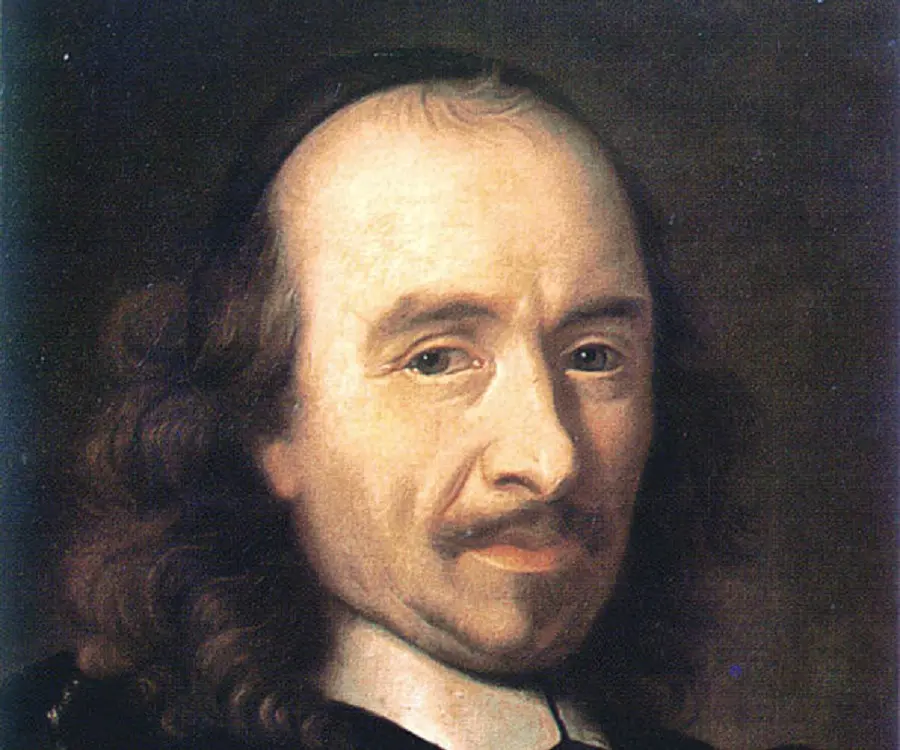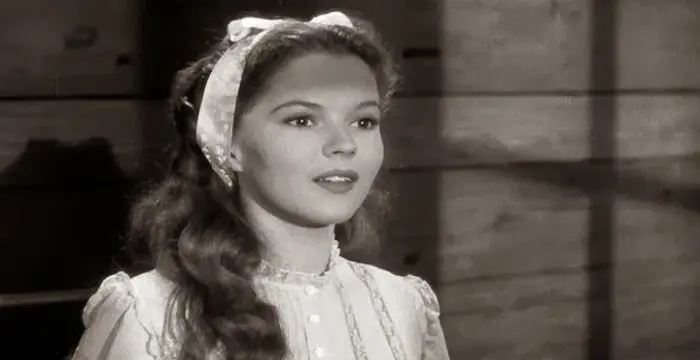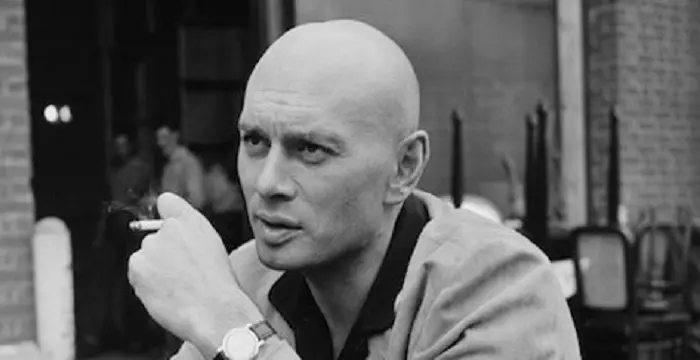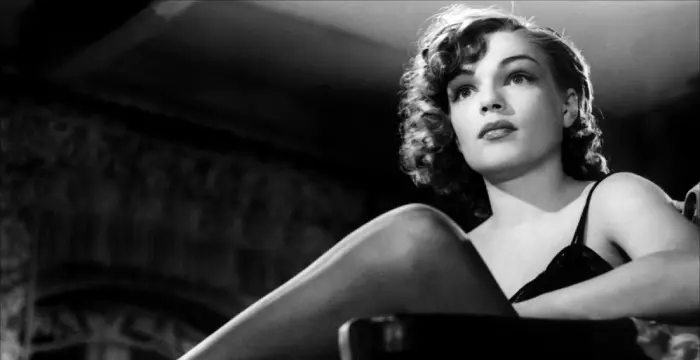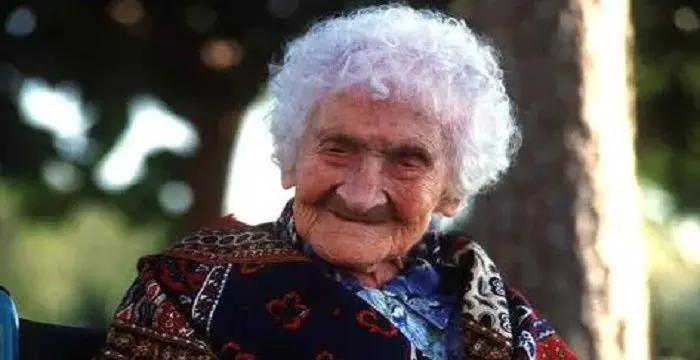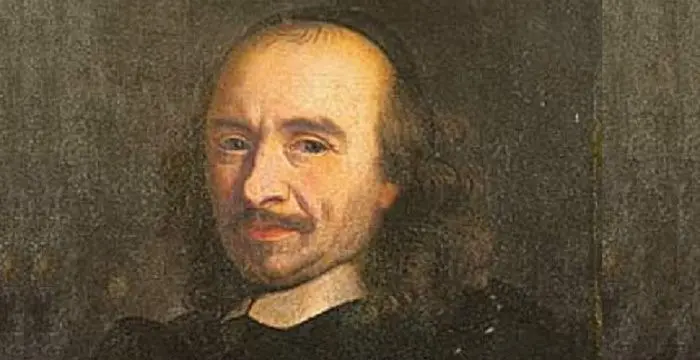
Pierre Corneille - Tragedian, Family and Family
Pierre Corneille's Personal Details
Pierre Corneille is one of the most renowned seventeenth century dramatists known for his French tragic plays
| Information | Detail |
|---|---|
| Birthday | June 6, 1606 |
| Died on | October 1, 1684 |
| Nationality | French |
| Famous | Film & Theater Personalities, Theater Personalities, Tragedian |
| Spouses | Marie de Lampérière |
| Siblings | Thomas Corneille |
| Known as | Corneille, Pierre, Corneille |
| Birth Place | Rouen |
| Religion | Catholicism |
| Gender | Male |
| Father | Pierre Corneille |
| Mother | Marthe le Pesant de Boisguilbert |
| Sun Sign | Gemini |
| Born in | Rouen |
| Famous as | Tragedian |
| Died at Age | 78 |
Pierre Corneille's photo
Who is Pierre Corneille?
One among the greatest dramatists that France produced during the seventeenth century is Pierre Corneille. He was instrumental in paving a new path for French tragedy, defying the classical theories of drama. Though he was born into a family where most people were lawyers by profession, Corneille decided to travel on a different path altogether, unlike his relatives. He had an innate interest in plays and wrote them even while he was engaged with a job at the ‘Rouen department of Forests and Rivers’. Pierre’s innovative style of writing was evident from his first play itself and when it was staged, it earned him many accolades and launched his career as a playwright. He dabbled with writing verses as well and soon his talent as a poet attracted a Cardinal who chose him among his ‘Five Poets’. However, he felt suffocated to follow the Cardinal’s rules in writing, as those did not allow him to exercise his creativity to the fullest. So he parted ways with the Cardinal and followed his instinct, which led him to become one of the most exceptional and famous playwrights who reigned over the French stage for years. This playwright also approached the creation of French tragedy in a new manner, thus creating a new trend.
// Famous Theater Personalities
Shirley Temple
Shirley Temple was an actress and former U.S. ambassador to Ghana and Czechoslovakia. This biography provides detailed information about her childhood, life, achievements, works & timeline.
Yul Brynner
Yul Brynner was one of the most talented actors and directors of the early 20th century. This biography profiles his childhood, life, career, achievements and timeline.
Marisa Tomei
Marisa Tomei is an American film, television and theater actress. This biography of Marisa Tomei profiles her childhood, life, acting career, achievements and timeline.
Childhood & Early Life
He was born on 6th June, 1606, to Pierre Corneille and Marthe le Pesant de Boisguilbert in Rouen, France. Pierre’s father was a reputed lawyer of his time. Pierre also had a sibling named Thomas Corneille, who also later went on to become a playwright.
The lad received his education at the ‘Collège de Bourbon’, which was affiliated to the famous ‘Society of Jesus’ congregation. This institution later came to be known as ‘Lycée Pierre-Corneille’.
Career
When he was eighteen years old, the teenager started pursuing law but he did not achieve significant success in the profession. He father then arranged a job for him at the ‘Rouen department of Forests and Rivers’.
While working for the department, he inked his first play, titled ‘Mélite’. In 1629, Corneille pitched this piece of work to a group of actors.
The actors were impressed by the content of the play and decided to work on the same. It was performed in Paris and earned Corneille the recognition of being a playwright.
Since then, the playwright decided to pen plays regularly and even relocated to Paris. His creativity met with immense fame and was soon placed among the prominent playwrights belonging to the French stage.
In 1634, he was commissioned to create verses for the impending visit of Cardinal Richelieu to Rouen. His verses overwhelmed the Cardinal and the playwright was included to be a part of the ‘Les Cinq Auteurs’, also known as the society of five poets.
The society also included thinkers like Boisrobert, Guillaume Colletet, Jean Rotrou and Claude de L'Estoile.
The Cardinal desired to create a new form of drama which focussed on virtue. He made guidelines which the five writers were expected to follow while writing.
However, Corneille had an independent way of thinking and did not want to follow some pre-defined rules to write plays. Therefore, he parted ways with the ‘Les Cinq Auteurs’ group, and embarked on an independent journey as a playwright.
He created many comedies during his initial years as a playwright. A few of them include 'Clitandre', 'La Veuve', 'La Galerie du Palais', 'La Suivante', 'La Place royale' and 'L'Illusion comique'. However, he made a shift from comedy to tragedy and in 1635, wrote his first tragedy titled ‘Médée’.
In 1637, his second play, titled ‘Le Cid’, was staged in front of the public. This work was inspired by dramatist Guillem de Castro’s renowned play ‘Mocedades del Cid’. Both the plays revolve around the story of an army man named Rodrigo Díaz de Vivar, belonging to Medieval Spain.
‘Le Cid’ was a tragicomedy, which blurred the distinction between the tragedy and comedy genres of drama. This play met with immense success but it was criticised for defying the classical unities of time and other rules of creating by the great philosopher, Aristotle.
Cardinal Richelieu formed the ‘Académie Française’ also known as ‘The French Academy’ in 1635 and the play ‘Le Cid’ was subject to scrutiny by this academy. In spite of the success the play received, many other playwrights as well as ‘Academie Francaise’ denied the play to be a precious literary piece.
These controversies troubled the writer so much that he went back to Rouen, and sought a life of obscurity. It is said that he tried to rewrite the play several times in order to make it flawless.
However, these controversies surrounding his work, also termed as ‘Querelle du Cid’ (‘The Quarrel of Le Cid’), helped him focus more on the dramatic rules set by classical philosophers.
In 1640, he made a comeback into the world of theatre and the first play he produced after this long sabbatical from theatre life was ‘Horace’.He dedicated this piece of work to his most prominent critic, Richelieu.
During that decade he prolifically produced plays like 'Polyeucte', 'La Mort de Pompée', 'Cinna', Le Menteur', 'Rodogune', 'La Suite du Menteur', 'Théodore', 'Héraclius', 'Don Sanche d'Aragon' and 'Andromède'. He also brought out a few revised versions of his highly critiqued play ‘Le Cid’ which were in line with the classical tragedy theories.
The decade which followed, saw the creation of his plays ‘Nicomède’ and ‘Pertharite’. The latter, did not meet with much success during this period, and as a result, he quit writing plays, and took up the task of translating the literary piece ‘Imitation of Christ’ composed by Thomas à Kempis.
In 1656, he finished this work of translation and returned to the world of theatre because his audience and followers wanted him to resume playwriting.
He wrote the play titled ‘Oedipe’ in 1659, which was followed by others works like 'Trois Discours sur le poème dramatique' and 'La Toison d'or', the next year.
He produced several plays in between 1662 to 1667, which include 'Sertorius', 'Sophonisbe', 'Othon', 'Agésilas' and 'Attila'.
In 1670, Corneille and one of his contemporary writers named Jean Racine were asked to compose one play each on the same theme. Neither of them was aware that it was a secret competition.
The following year, both the writers manifested their works, wherein Corneille wrote ‘Tite et Bérénice’ and Racine’s play was titled ‘Bérénice’. Surprisingly, Racine managed to win this competition. Gradually, Pierre started losing his popularity and was soon succeeded by a new generation of writers.
This accomplished writer composed a comedy in 1671 named ‘Psyché’ in association with other contemporary writers Molière and Philippe Quinault. This was followed by the play ‘Pulchérie’.
His last composed play was titled ‘Suréna’, which he completed in the year 1674, and after that abandoned the world of theatre forever.
Major Works
All his plays have been experimental and revolved around different themes. However, the work of his which is considered exceptional is a play titled ‘Le Cid’. In this play, he has given a new direction to French tragedies and marked the beginning of a new era of creativity.
Personal Life & Legacy
In 1641, this eminent writer entered the wedlock with a woman named Marie de Lampérière, and the couple was blessed with seven children.
Ten years after his withdrawal from the theatre world, this prolific writer breathed his last in 1684. He was later cremated at a church named ‘Église Saint-Roch’, located in Paris.
// Famous Film & Theater Personalities
Jacob Elordi
Jacob Elordi is an Australian actor. Let’s take a look at his childhood, family, personal life, career, etc.
Wentworth Miller
Wentworth Miller is an American actor and screenwriter who achieved recognition for his role in the TV series ‘Prison Break’.
Skai Jackson
Skai Jackson is an American child actress with huge fan following. Find more about her family & personal life, relationships, facts and more.
Pierre Corneille biography timelines
- // 6th Jun 1606He was born on 6th June, 1606, to Pierre Corneille and Marthe le Pesant de Boisguilbert in Rouen, France. Pierre’s father was a reputed lawyer of his time. Pierre also had a sibling named Thomas Corneille, who also later went on to become a playwright.
- // 1629While working for the department, he inked his first play, titled ‘Mélite’. In 1629, Corneille pitched this piece of work to a group of actors.
- // 1634In 1634, he was commissioned to create verses for the impending visit of Cardinal Richelieu to Rouen. His verses overwhelmed the Cardinal and the playwright was included to be a part of the ‘Les Cinq Auteurs’, also known as the society of five poets.
- // 1635He created many comedies during his initial years as a playwright. A few of them include 'Clitandre', 'La Veuve', 'La Galerie du Palais', 'La Suivante', 'La Place royale' and 'L'Illusion comique'. However, he made a shift from comedy to tragedy and in 1635, wrote his first tragedy titled ‘Médée’.
- // 1635Cardinal Richelieu formed the ‘Académie Française’ also known as ‘The French Academy’ in 1635 and the play ‘Le Cid’ was subject to scrutiny by this academy. In spite of the success the play received, many other playwrights as well as ‘Academie Francaise’ denied the play to be a precious literary piece.
- // 1637In 1637, his second play, titled ‘Le Cid’, was staged in front of the public. This work was inspired by dramatist Guillem de Castro’s renowned play ‘Mocedades del Cid’. Both the plays revolve around the story of an army man named Rodrigo Díaz de Vivar, belonging to Medieval Spain.
- // 1640In 1640, he made a comeback into the world of theatre and the first play he produced after this long sabbatical from theatre life was ‘Horace’.He dedicated this piece of work to his most prominent critic, Richelieu.
- // 1641In 1641, this eminent writer entered the wedlock with a woman named Marie de Lampérière, and the couple was blessed with seven children.
- // 1656In 1656, he finished this work of translation and returned to the world of theatre because his audience and followers wanted him to resume playwriting.
- // 1659He wrote the play titled ‘Oedipe’ in 1659, which was followed by others works like 'Trois Discours sur le poème dramatique' and 'La Toison d'or', the next year.
- // 1662 To 1667He produced several plays in between 1662 to 1667, which include 'Sertorius', 'Sophonisbe', 'Othon', 'Agésilas' and 'Attila'.
- // 1670In 1670, Corneille and one of his contemporary writers named Jean Racine were asked to compose one play each on the same theme. Neither of them was aware that it was a secret competition.
- // 1671This accomplished writer composed a comedy in 1671 named ‘Psyché’ in association with other contemporary writers Molière and Philippe Quinault. This was followed by the play ‘Pulchérie’.
- // 1674His last composed play was titled ‘Suréna’, which he completed in the year 1674, and after that abandoned the world of theatre forever.
- // 1684Ten years after his withdrawal from the theatre world, this prolific writer breathed his last in 1684. He was later cremated at a church named ‘Église Saint-Roch’, located in Paris.
// Famous French peoples
Simone Signoret
Simone Signoret was a French actress who became the first French person to win an Academy Award. Check out this biography to know about her childhood, family life, achievements and other facts related to her life.
Jade Weber
Scroll down this bio to find out everything about French model Jade Weber. Be it fun facts, birthday, trivia or details of her personal and family life, you’ll find everything here.
Micheline Roquebrune
Micheline Roquebrune is a petite Moroccan-French painter best known as the third wife the legendary Scottish actor Sir Sean Connery. Check out this biography to know about her birthday, childhood, family life, achievements and fun facts about her.
Alex Lange
Alex Lange is a French-South African model, who is quite popular on Instagram. Check out this biography to know about his childhood, family life, achievements and fun facts about him.
Tina Kunakey
Tina Kunakey Di Vita is a model and wife of the French actor Vincent Cassel. Check out this biography to know about her birthday, childhood, family life, achievements and fun facts about her.
Jeanne Calment
Jeanne Calment was a French supercentenarian who had the longest confirmed lifespan in human history. Check out this biography to know about her childhood, family, personal life, death, etc.
Pierre Corneille's FAQ
What is Pierre Corneille birthday?
Pierre Corneille was born at 1606-06-06
When was Pierre Corneille died?
Pierre Corneille was died at 1684-10-01
Where was Pierre Corneille died?
Pierre Corneille was died in Paris
Which age was Pierre Corneille died?
Pierre Corneille was died at age 78
Where is Pierre Corneille's birth place?
Pierre Corneille was born in Rouen
What is Pierre Corneille nationalities?
Pierre Corneille's nationalities is French
Who is Pierre Corneille spouses?
Pierre Corneille's spouses is Marie de Lampérière
Who is Pierre Corneille siblings?
Pierre Corneille's siblings is Thomas Corneille
What is Pierre Corneille's religion?
Pierre Corneille's religion is Catholicism
Who is Pierre Corneille's father?
Pierre Corneille's father is Pierre Corneille
Who is Pierre Corneille's mother?
Pierre Corneille's mother is Marthe le Pesant de Boisguilbert
What is Pierre Corneille's sun sign?
Pierre Corneille is Gemini
How famous is Pierre Corneille?
Pierre Corneille is famouse as Tragedian
